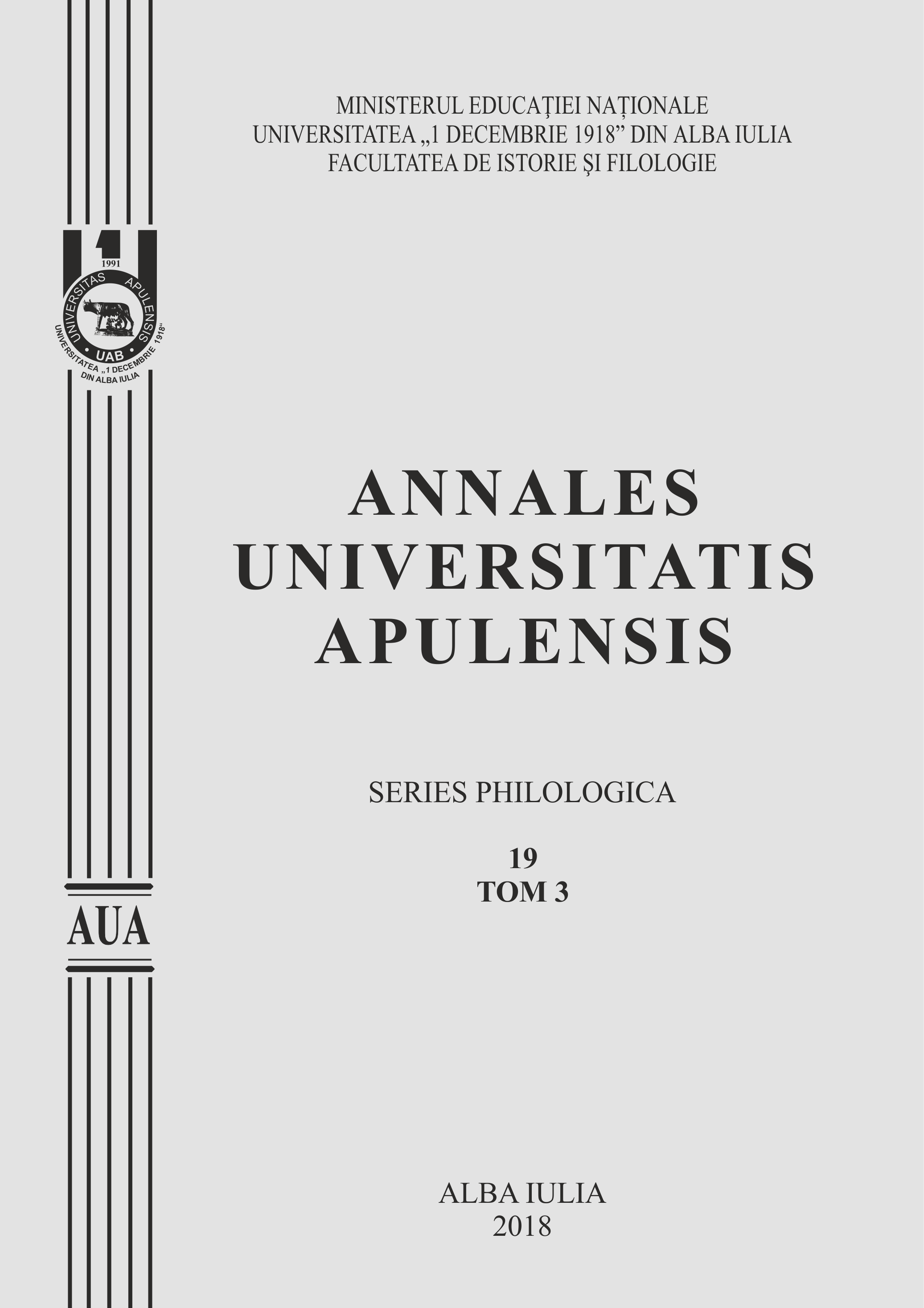LA CRITIQUE THÉMATIQUE. ÉVOLUTION DU CONCEPT
THEMATIC CRITICISM. THE EVOLUTION OF THE CONCEPT
Author(s): Doina TĂNASESubject(s): Language and Literature Studies, Theory of Literature
Published by: Universitatea »1 Decembrie 1918« Alba Iulia
Keywords: criticism; theme; conscience; subjectivity;
Summary/Abstract: The theme is a fundamental notion because it presents essential aspects of the literary work structure. Starting from the traditional view that the theme expresses an artistically transposed reality (the theme of love, death, heroism, etc.), we discover after that it is in fact a general scheme that lends itself to a multitude of interpretations. In the literary work, the themes form a complex network. Research in the field of thematic criticism are carried out in a series of disciplines such as: comparative literature, thematic, comparative thematic, modern poetics. These studies go from the remote origin of the theme, follow its evolution and come to analyze the originality of literary works. Comparative literature goes beyond linguistic boundaries. It proposes new analysis paths and allows for the creation of new analogies. Raymond Trousson broadly addresses the theme and myth, but does not make a clear demarcation between the two areas. He also tries to define the theme in relation to the literary motive, stating that the motive is a general framework, while the theme is the concrete expression. Pierre Albouy states that the theme is the set of images that cross the text. He speaks of a new interpretation of myths, which makes an appeal to sociology, psychoanalysis, the history of religions, etc. Marcel Raymond and Albert Béguin pave the way for '' thematic criticism '' or '' new criticism ''. Researchers who support this kind of criticism say that in order to get to know the author's vision and values, the critic must empathize with him. The new type of analysis will abandon the author's biography and didactic style. Georges Poulet shows that this type of critique recognizes the plurality of interpretations of the literary work, as well as the subjectivity of literary analysis. He says that the reader identifies himself with the author in the process of reading, his consciousness being temporarily replaced by the author’s consciousness. To identify recurring themes, the literary work needs to be read multiple times. Going into the depth of the text, the critic sees how the author's vision is configured. Jean-Pierre Richard shows that major themes in an opera are those that appear most often. Richard speaks of the transcendence of the theme, showing that the work reflects the meanings given by the literary tradition, but also brings new meanings. Gilbert Durand makes a connection between the themes of literature and the attributes of the legendary characters. He sees the themes both in relation to the characters and the recurring images. His analysis tools are based on anthropological data of the imaginary. Researcher S. Rimmon-Kenan defines the theme with the phrase '' what is talking about ''. He splits the themes in minor themes (which appear at the level of linguistic structures) and major themes (which appear at the speech level). He imagines the literary work as a tree with branches.
Journal: Annales Universitatis Apulensis. Series Philologica
- Issue Year: 19/2018
- Issue No: 3
- Page Range: 27-36
- Page Count: 10
- Language: French

